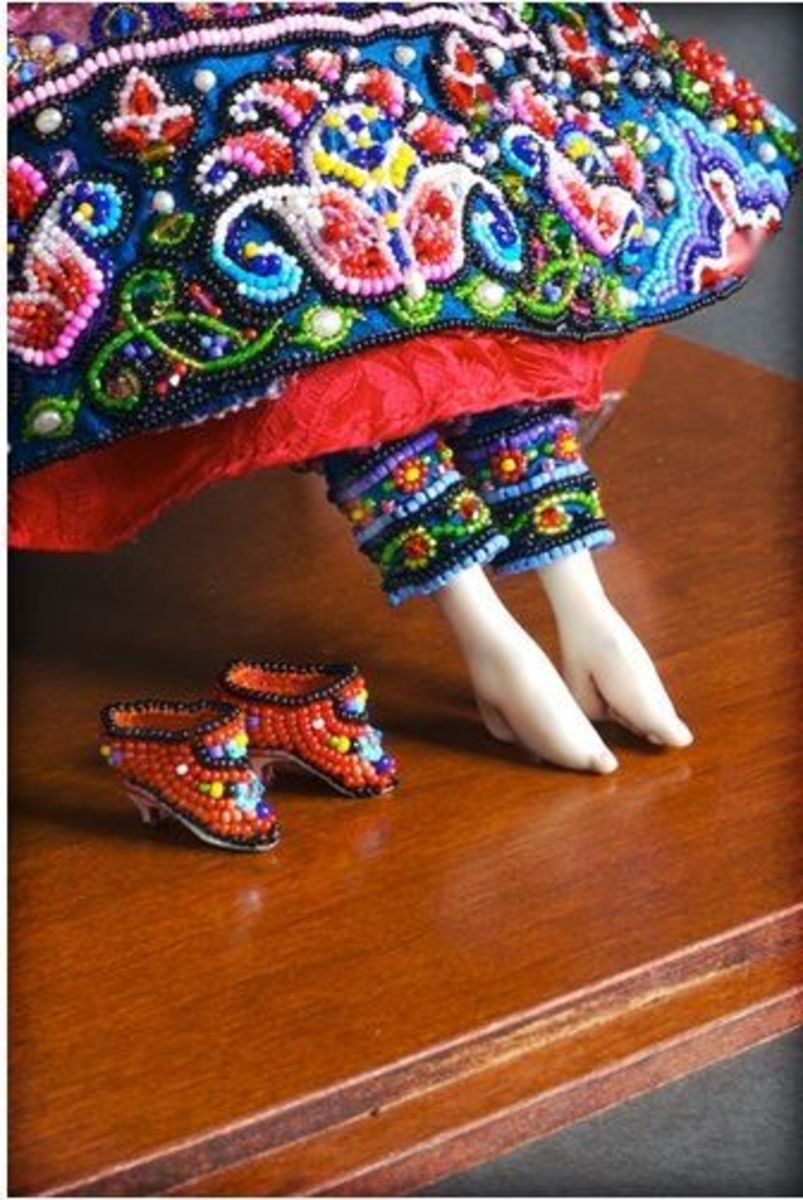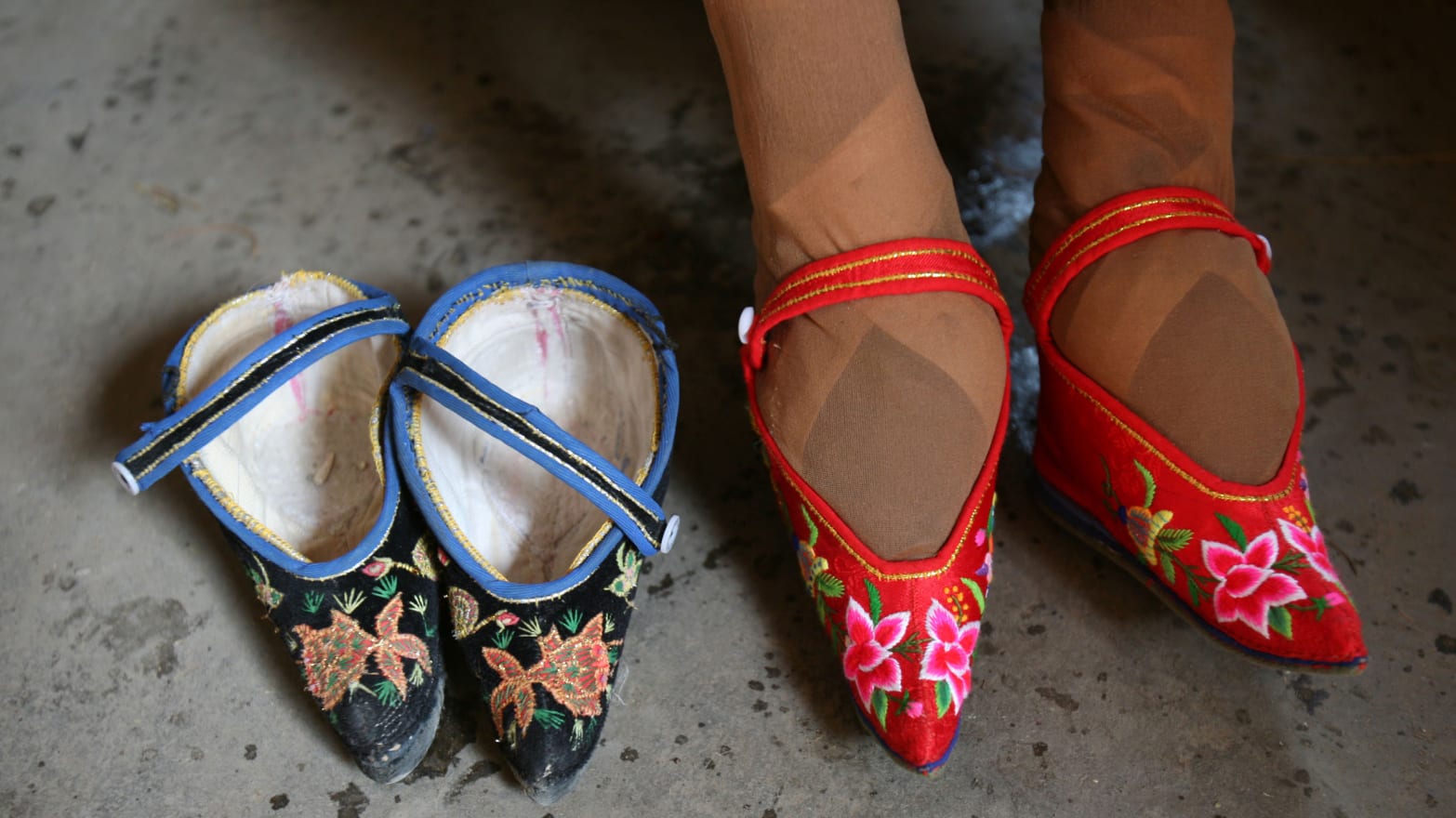Foot Binding: The Painful History & Cultural Impact In China
Could an act of beauty be, in reality, a brutal assault? Foot binding, a practice once commonplace in China, offers a stark reminder of the lengths to which societies will go in the pursuit of aesthetics, often at the expense of human well-being.
The practice, known as chnz in Chinese, involved the meticulous and often agonizing process of breaking and reshaping the feet of young girls. It emerged during the imperial era, gaining prominence over centuries and becoming deeply ingrained in Chinese culture. Its origins are often linked to the court of the Southern Tang dynasty, where the dancer Yao Niang, famed for her delicate feet, entranced Emperor Li Yu. Legend has it that she danced on her toes, an act that led to the fashion of foot binding, as women attempted to emulate her grace and beauty.
The practice itself was a meticulous and painful undertaking. Girls as young as four years old would have their feet bound. The process started by soaking the feet in a warm mixture of herbs and animal blood. Then, the toes, excluding the big toe, were bent inwards, pressing them towards the sole of the foot. The arch of the foot was then forcefully bent upwards, and the entire foot was tightly bound with long strips of cloth. This was not a one-time procedure but an ongoing process, with the bindings continually tightened over time to maintain the desired shape. The goal was to create a foot that was small, often no more than a few inches in length, a shape considered the epitome of feminine beauty. These bound feet were known as "lotus feet," and the specially made shoes were called "lotus shoes."
The following table provides a summary of the key aspects of foot binding in China:
| Aspect | Details |
|---|---|
| Name | Foot Binding (Chnz) |
| Origin | Imperial China, Southern Tang Dynasty (937-975 AD) |
| Purpose | Aesthetic ideal of beauty, social standing, marriage prospects |
| Target Demographic | Young girls, typically aged 4-7 years |
| Procedure | Breaking and reshaping of toes, arch bending, tight binding with cloth |
| Physical Impact | Deformed feet (lotus feet), limited mobility, chronic pain, infections |
| Cultural Significance | Symbol of femininity, social status, marital eligibility |
| Social Implications | Increased dependence on men, confinement, and limitations on mobility. |
| Decline and End | Early 20th century, gradual decline due to societal changes and bans, with availability of high heeled shoes, foot binding was virtually gone by the 1940's. |
| Legacy | Reminder of cultural ideals and their impact on women |
The consequences of foot binding were both physical and social. The process itself was excruciating. The breaking of bones, the constant pressure, and the often unsanitary conditions led to infections, gangrene, and lifelong pain. Women with bound feet faced significant mobility challenges. Simple tasks like walking became a struggle, and their ability to work and participate in society was severely limited. They were often entirely dependent on their fathers and husbands.
Historians offer various interpretations of foot binding's purpose. Some argue that it was a means to enhance a woman's marriage prospects, as a woman with small feet was considered more desirable. Others see it as a mechanism of social control, designed to confine women and limit their independence. The practice certainly served to reinforce the patriarchal structures of Chinese society.
The allure of the lotus foot transcended social classes. From the imperial court to the rural countryside, women of all backgrounds, from courtesans and concubines to simple housewives and farmwomen, participated in this practice. The perceived beauty of the lotus foot was so deeply ingrained that it became a symbol of womanhood, a standard by which women were judged and, in many ways, defined.
The pain and suffering endured by the women were often overlooked. One particularly poignant example is the story of Wang Lifen, who was just seven years old when her mother began binding her feet. The process involved breaking her toes and binding them beneath the sole with bandages. Even after her mother's death, Wang continued the practice. The thought of abandoning the custom was too deeply ingrained to be shaken off. These narratives underscore the psychological hold that foot binding had on Chinese society.
Archaeological discoveries have provided further insight into the reality of foot binding. The discovery of tiny, misshapen feet wrapped in gauze and placed inside lotus shoes speaks volumes about the physical toll and the cultural importance of the practice. Photographer and academic Jo Farrell has spent years documenting the lives of women who experienced foot binding, preserving their stories and providing a vital historical record. These personal accounts, along with the visual evidence, provide a powerful reminder of the practice's impact.
Despite its widespread acceptance, foot binding was not without its critics. Some Chinese scholars and reformers spoke out against it, recognizing its detrimental effects on women. However, the aesthetic ideal and the social benefits outweighed the criticism for centuries. It was only in the early 20th century, with the rise of modernization and the growing influence of Western ideas, that foot binding began to wane.
The decline of foot binding was a gradual process. The Chinese government officially banned the practice in the early 20th century. However, old habits die hard, and it took decades for the practice to completely disappear. The rise of modern footwear, including high-heeled shoes, contributed to its decline. The availability of these alternative forms of beauty made the painful and restrictive practice less desirable. By the 1940s, foot binding was virtually gone, its place in society taken by new fashions and new ideals.
Today, foot binding stands as a powerful symbol of a bygone era. It is a reminder of the complexities of cultural traditions, the pursuit of beauty, and the struggles of women in a patriarchal society. While the practice is long gone, its legacy continues to resonate. The story of foot binding serves as a cautionary tale, urging us to question the beauty standards of our own time and to be mindful of the potential consequences of cultural ideals. It is a testament to the resilience of the human spirit and a call for a more just and equitable society, one where women are not defined by their feet, but by their strength, their contributions, and their rights.
The historical and societal impact of foot binding, a practice once deeply rooted in Chinese culture, is a subject of ongoing study and reflection. Scholars and researchers continue to analyze the practice and its impact on the lives of those who experienced it.

